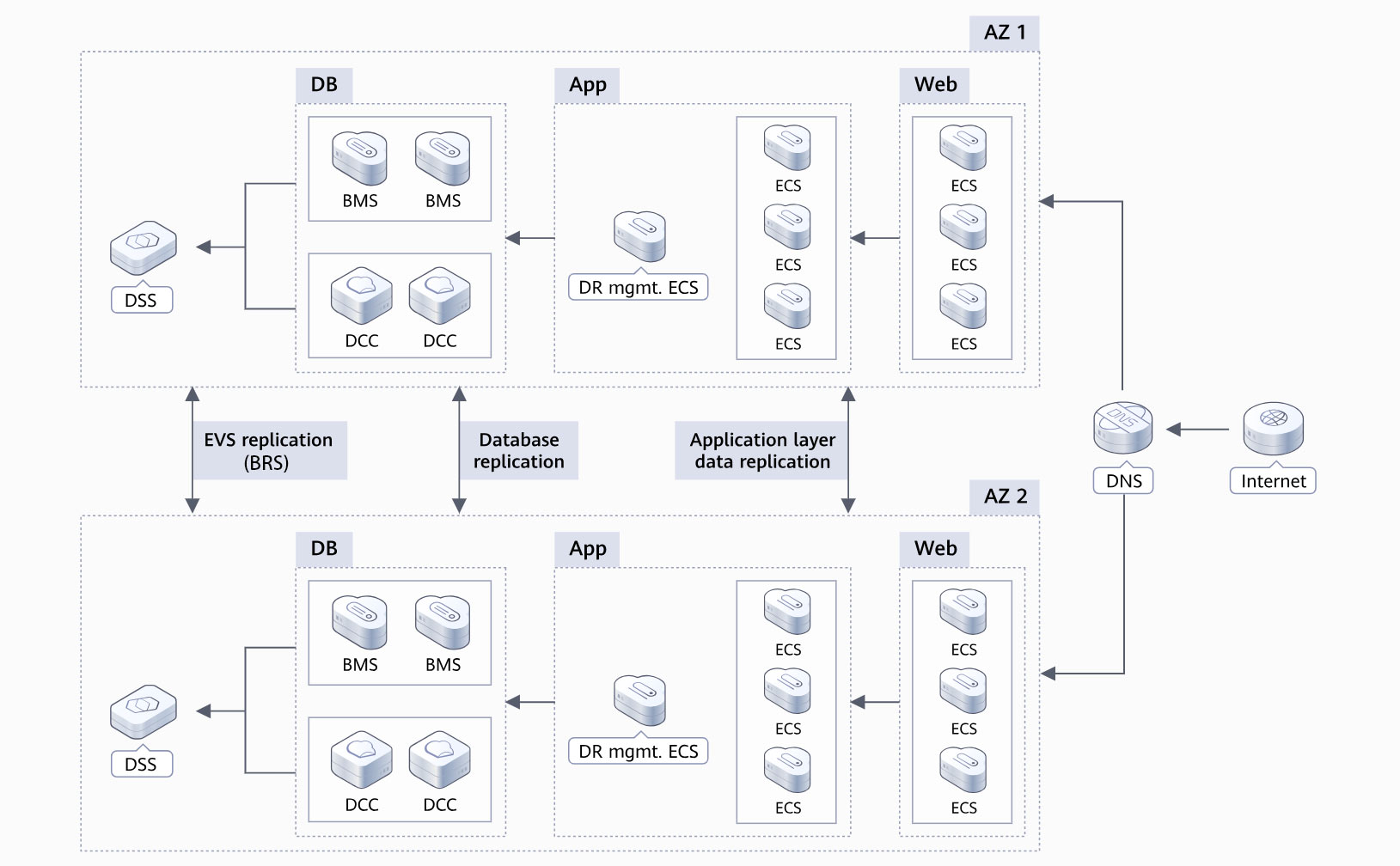Industry Trends
Hybrid Cloud Disaster Recovery and Backup Development Trends
With the rapid development of the cloud computing industry and ever-increasing customer needs, the IT infrastructure at organizations of all sizes are placing more and more services into a cloud framework. This move presents enterprises with some daunting challenges in ensuring service continuity.
Enterprises are choosing cloud services because they are cheaper, able to eliminate environment bottlenecks, and able to fully gear into ever-changing developments to suit the growth strategies of the enterprises. For service systems, security and stability are always the top priority. Traditional geo-redundant DR models often comprising two sites and three data centers in a single cloud ensure rapid restoration for services during downed events at one or even multiple locations. However, these types of models cannot be used to handle service interruptions caused by system errors. Therefore, the multi-cloud backup and on-cloud DR models will become the focus in the cloud computing context to ensure zero service interruptions.
Enterprises use multi-cloud solutions for various reasons. The data requirements as well as data protection and management strategies of an enterprise determine whether multi-cloud and cross-cloud DR capabilities are required. For example, if the enterprise data management strategy emphasizes multiple backups, then the multi-cloud strategy is the correct choice. According to research from Enterprise Management Associates (EMA), 61% of the enterprises with services running in clouds use at least two clouds.

Business Challenges
Typical Scenarios
Recommended Configurations
App On-Cloud DR


